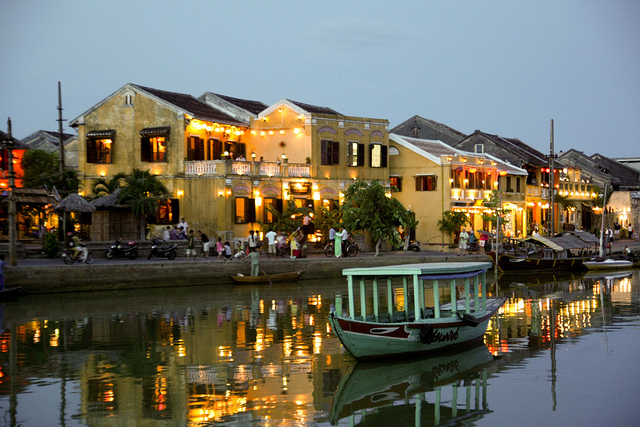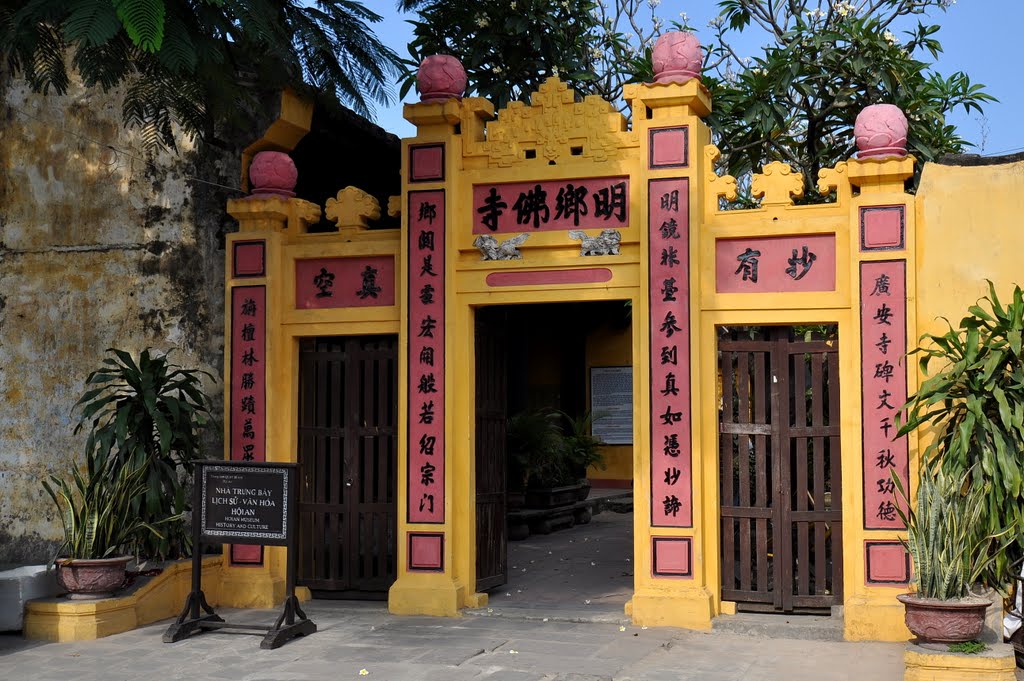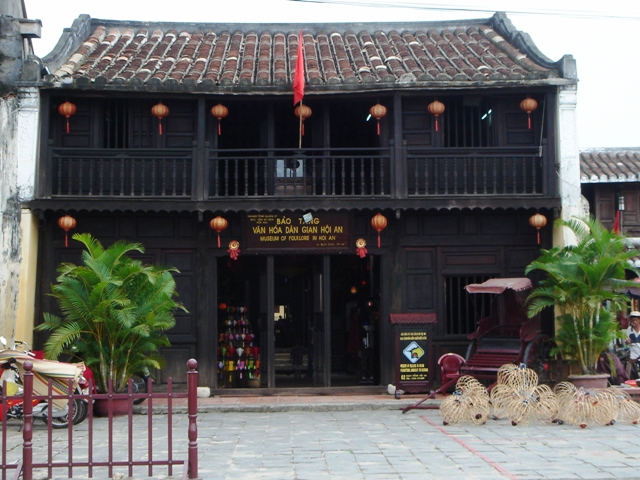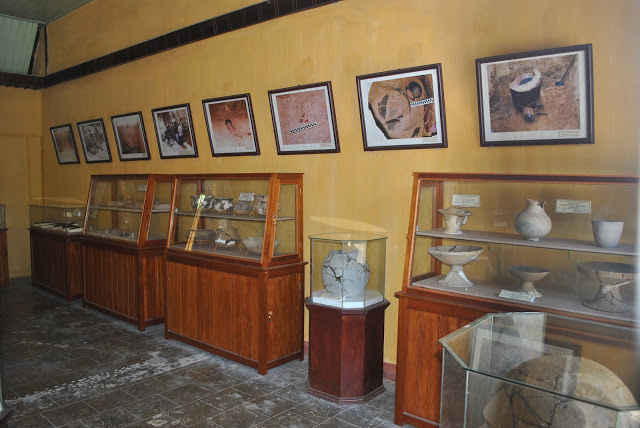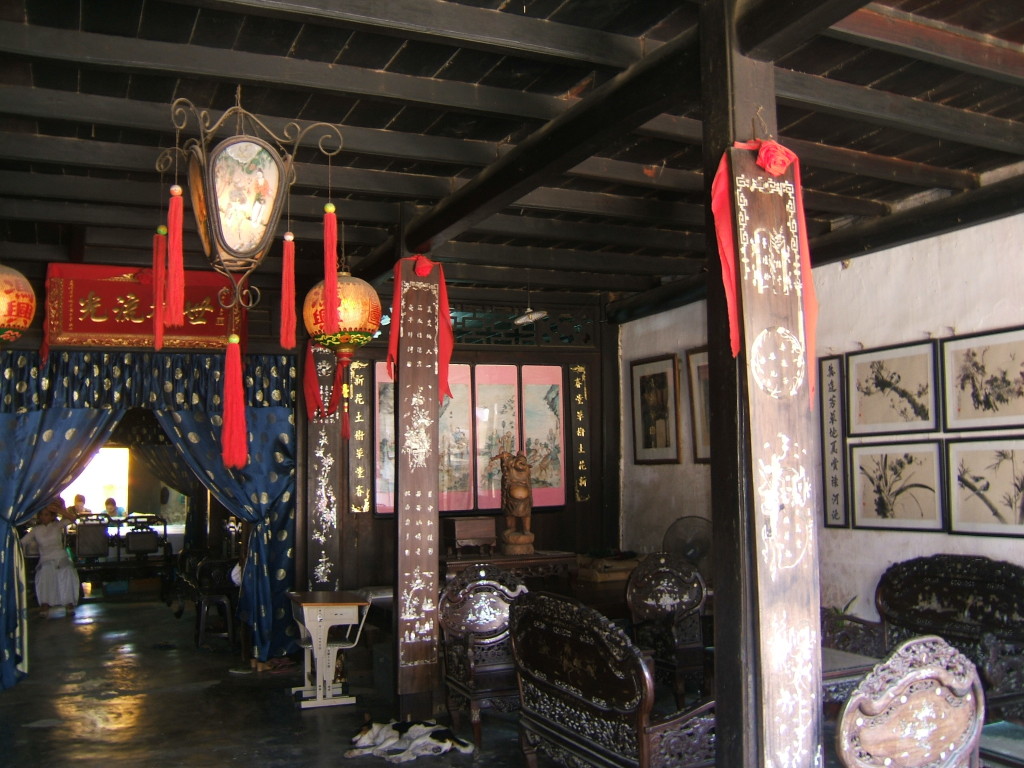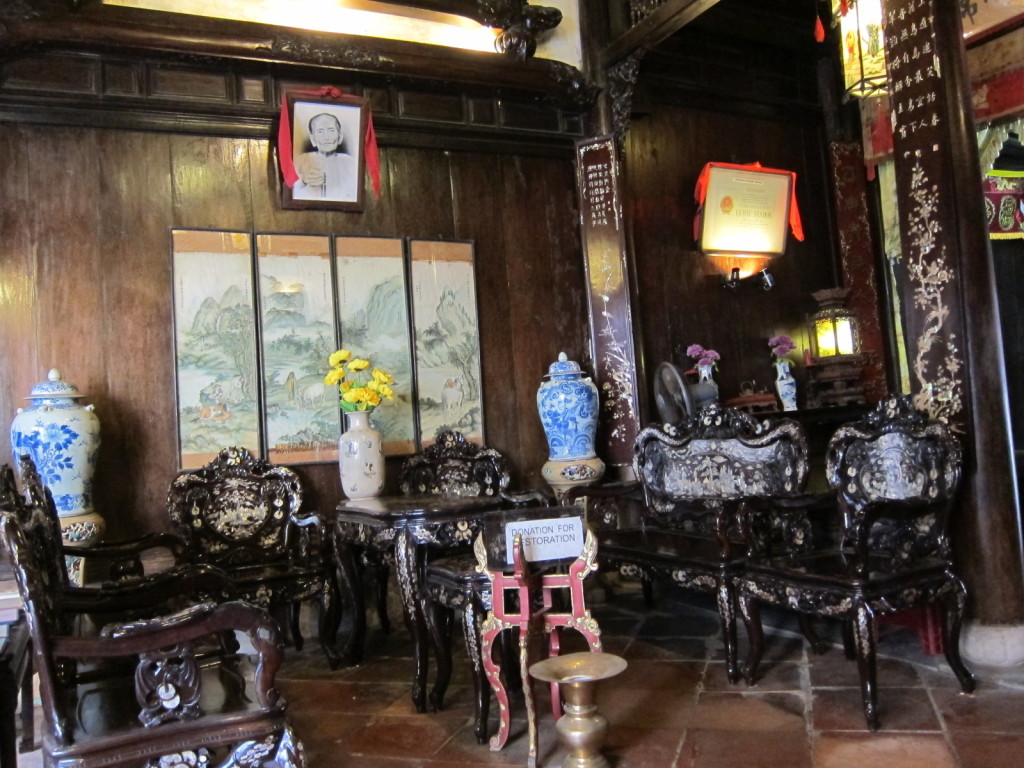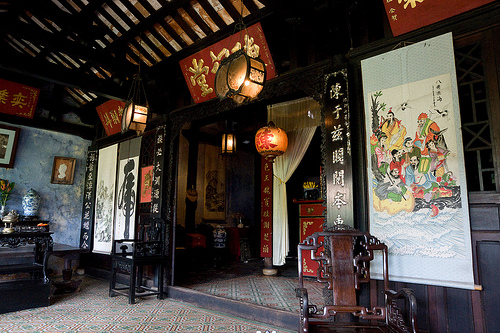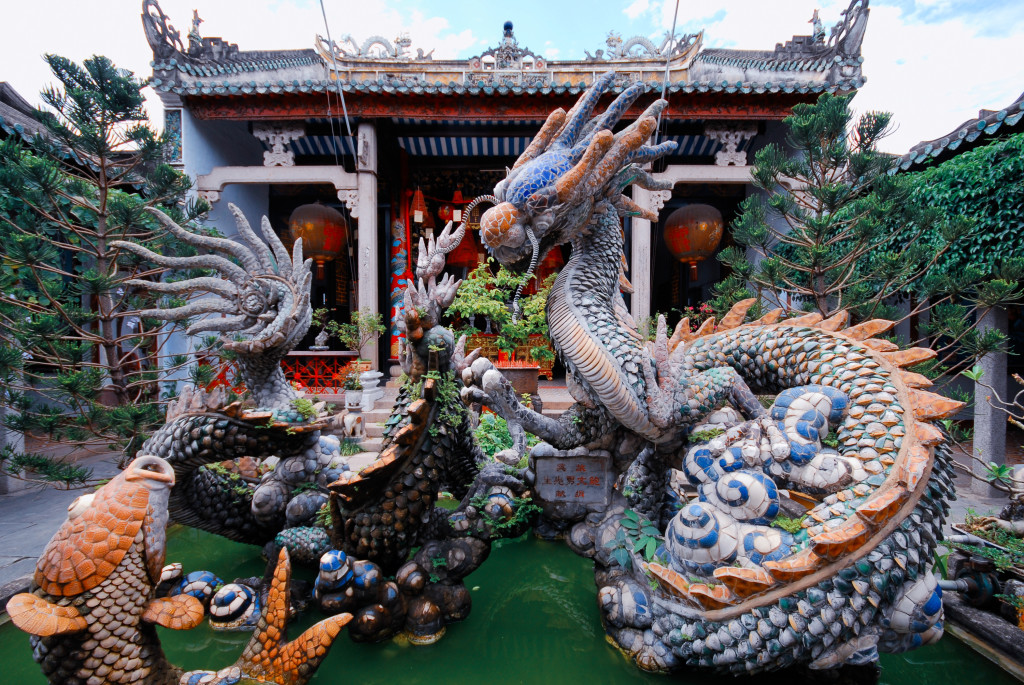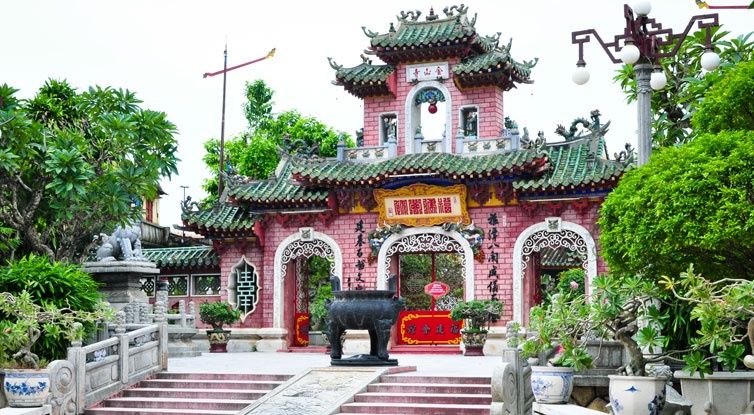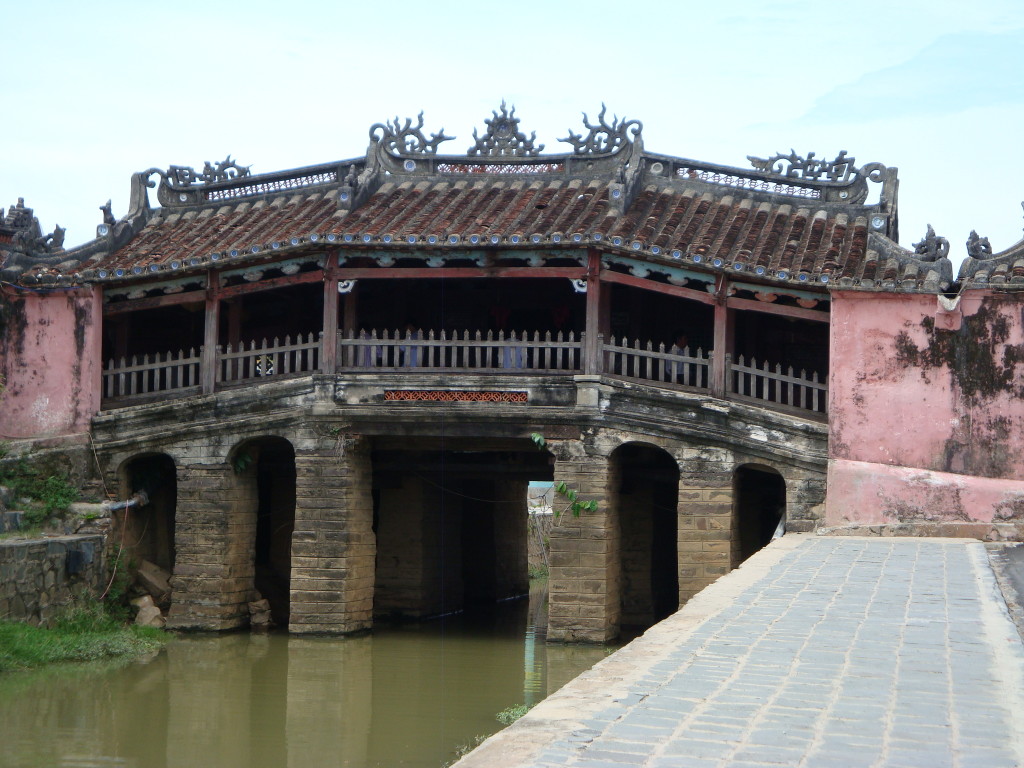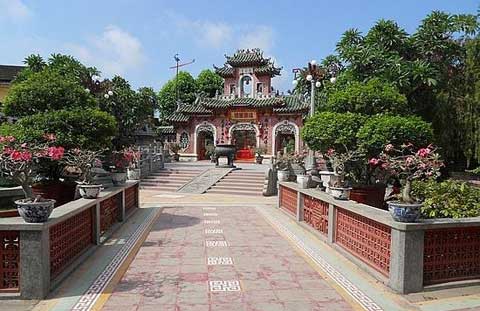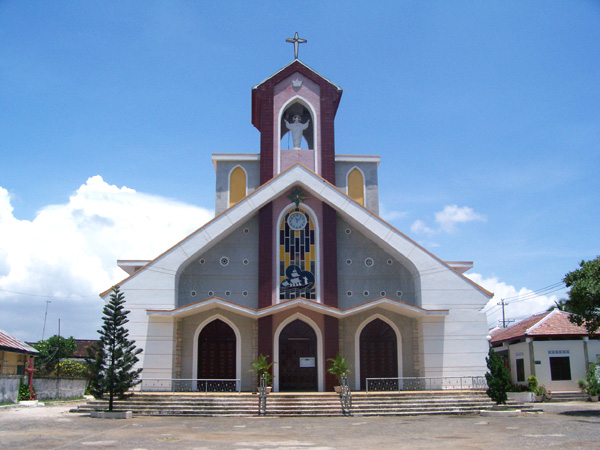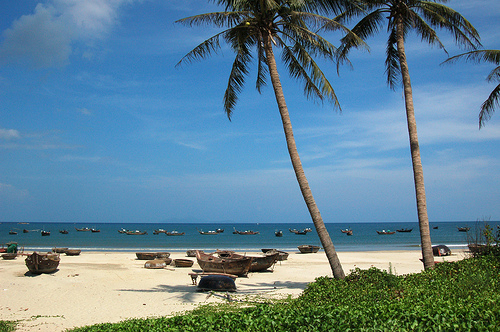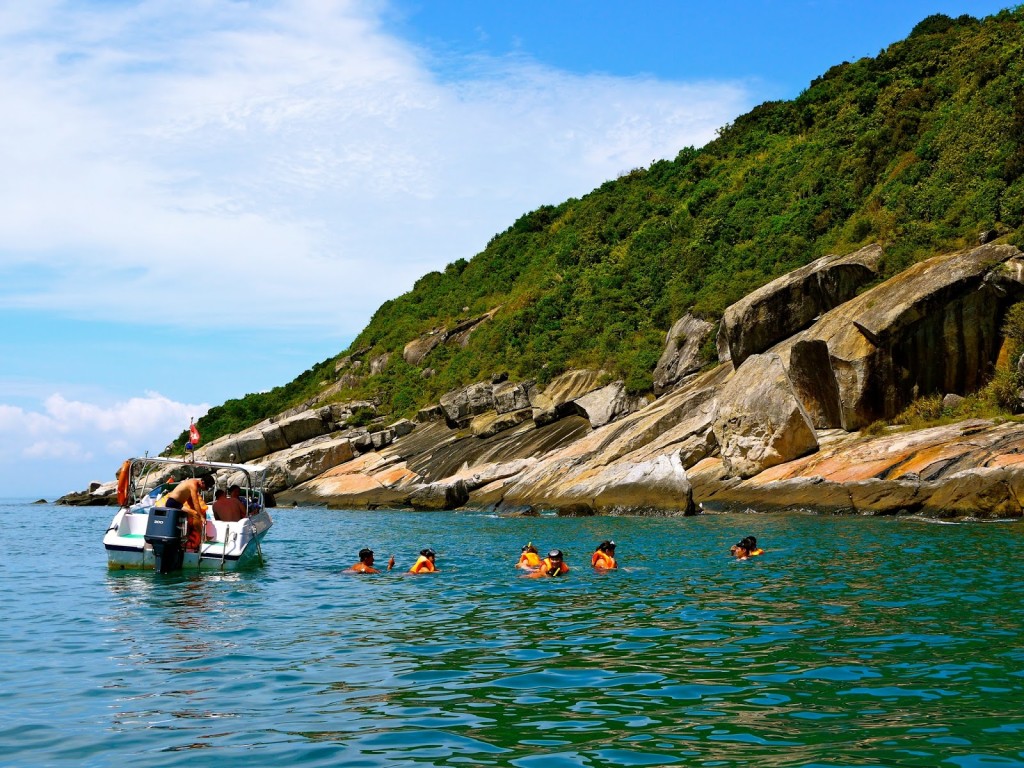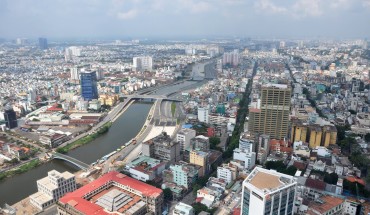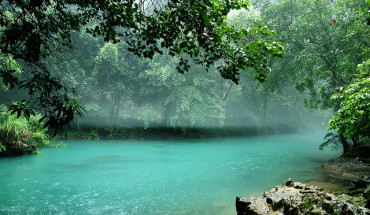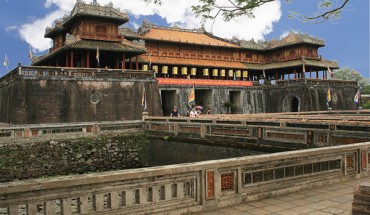The whole town is an attraction, its narrow streets comprised of lovely historic buildings buzzing with open-air craft shops, woodworkers, and carvers.
Tran Phu and Nguyen Thai Hoc streets are crowded with the shops of the original Chinese merchants and clan associations. Most Hoi An buildings have been lovingly restored and transformed into cafes, art galleries, and silk and souvenir shops, while still retaining their historical dignity. If you’re an artist, bring your sketch pad and watercolors; photographers bring plenty of film or an extra memory card.
The Hoi An World Cultural Heritage Organization (www.hoianworldheritage.org) has the dilemma of financing the restorations and maintaining the old portions of the town. They sell a ticket that allows limited admission to the sights within the old town, each of which is listed below. “Limited” means a “one from column A, one from column B” formula. One ticket gets you one of the three museums, one of the three assembly halls, and one of the four old houses; entrance to a handicraft workshop and traditional music concert (10: 15am and 3: 15pm, respectively, Tues-Sun); plus a choice of either the Japanese Bridge, the Quan Kong Temple, or the local handicraft workshop, So to see everything, you’ll have to purchase three tickets. The three-star choices in each category are your best bet if you don’t have time to sec it all.
Museums
Museum of History and Culture This tottering building erected in 1653 houses works that cross 2, 000 years of Hoi An history from Cham relics to ancient ceramics and photos of local architecture. There are English explanations, but they are scanty. If you’re seeing only one museum, make it the Museum of Trade Ceramics. One interesting tidbit: The name Hoi An literally means “Water Convergence” and “Peace”
7 Nguyen Hue St. (7 is the official address, but it’s actually the building on the south side of 11 Nguyen Hue St. ). Daily 8am-5pm.
Museum of Trade Ceramics Located in a traditional house, this museum describes the origins of Hoi An as a trade port and displays its most prominent trade item. Objects are from the 13th through 17th centuries and include Chinese and Thai works as well. While many of the exhibits are in fragments, the real beauty of the place is that the very thorough descriptions are in English, giving you a real sense of the town’s origins and history. Furthermore, the architecture and renovations of the old house are thoroughly explained, and you’re free to wander through its two floors, courtyard, and anteroom. After all the scattered explanations at the other historic houses, you’ll finally get a sense of what Hoi An architecture is all about.
80 Tran Phu St. Daily 8am-5pm.
The Sa Huynh Culture Museum After local farmers around Hoi An dug up some strange-looking pottery, archaeologists identified 53 sites where a pre-Cham people, called the Sa Huynh, buried their dead in ceramic jars. The two-room display here includes some of the burial jars, beaded ornaments, pottery vessels, and iron tools and weapons that have been uncovered. English descriptions are sketchy. Upstairs, the little- visited Museum of the Revolution includes such intriguing items as the umbrella “which Mr. Truong Munh Luong used for acting a fortune-teller to act revolution from 1965 to 1967”.
149 Tran Phu St. Daily 8am-6pm.
The Old Houses
The Old House of Phun Hung This private house, constructed in 1780, is two floors of combined architectural influences. The first floor’s central roof is four-sided, showing Japanese influence, and the upstairs balcony has a Chinese rounded “turtle shell” roof with carved beam supports. The house has weathered many floods. In 1964, during a particularly bad bout, its third floor served as a refuge for other town families. The upstairs is outfitted with a trapdoor for moving furniture rapidly to safety. You might be shown around by Ms. Anh, who claims to be an eighth-generation member of the family.
Tour guides at every house make such claims; however, like at many of Hoi An’s old houses, the family really does seem to live here.
4 Nguyen Thi Minh Khai St. Daily 8am-5pm.
The Old House of Tan Ky There have been either five or seven generations of Tans living here, depending on whom you speak with. Built over 200 years ago, the four small rooms are crammed with dark-wood antiques. The room closest to the street is for greeting visiting merchants. Farther in is the living room, then the courtyard, and, to the back, the bedroom. The first three are open to the public. A guide who will greet you at the door will hasten to explain how the house is a perfect melding of three architectural styles: ornate Chinese detailing on some curved roof beams, a Japanese peaked roof, and a simple Vietnamese cross-hatch roof support. The mosaic decorations on the wall and furniture are aged, intricate, and amazing. Take your time looking around.
101 Nguyen Thai Hoc St. Daily 8am-5pm.
The Tran Family Home and Chapel In 1802, a civil service mandarin named Tran Tu Nhuc built a family home and chapel to worship his ancestors. A favorite of Viet Emperor Gia Long, he was sent to China as an ambassador, and his home reflects his high status. Elegantly designed with original Chinese antiques and royal gifts such as swords, two parts of the home are open to the public: a drawing room and an ancestral chapel. One roof tile has been replaced with transparent glass, allowing a single shaft of light to slice through the chapel and onto the altar in the morning. The house does a splendid job of conveying all that is exotic and interesting about these people and their period. The drawing room has three sections of sliding doors: the left for men, the right for women, and the center, open only at Tet and other festivals, for dead ancestors to return home. The ancestral altar in the inner room has small boxes behind it containing relics and a biography of the deceased; their pictures hang, a little spookily, to the right of the altar. A 250-year-old book with the family history resides on a table to the right of the altar. Beside it is a small bowl, containing yin and yang coins, meant to bring good luck. Give them a toss, and if they land one yin and one yang side up, you are on your way to prosperity. I got it on my first try, but the guide will give you three chances. In back of the house are a row of plants, each buried with the placenta and umbilical cord of a family child, so that the child will never forget its home. As if it could.
21 Le Loi (on the corner of Le Loi and Phan Chu Trinh sts. ). Daily 8am-5pm.
The Assembly Halls
Cantonese Assembly Hall (Quang Trieu/Guangzhou Assembly Hall)
Built in 1885, this hall is quite ornate and colorful. All of the building materials were completed in China, brought here, and then reassembled. The center garden sports a fountain with a dragon made of chipped pottery, the centerpiece. Inside, look for the statues depicting scenes from famous Cantonese operas and, in the rooms to each side, the ancestral tablets of generations past.
176 Tran Phu St. Daily 8am-6pm
Fukian Assembly Hall (Phuc Kien)
This is the grandest of the assembly halls, built in 1697 by Chinese merchants from Fukian Province. It is a showpiece of classical Chinese architecture, at least after you pass the first gate, which was added in 1975. It’s loaded with animal themes: The fish in the mosaic fountain symbolizes scholarly achievement, the unicorn flanking the ascending stairs symbolizes wisdom, the dragon symbolizes power, the turtle symbolizes longevity, and the phoenix symbolizes nobility. The main temple is dedicated to Thien Hau, goddess of the sea, on the main altar. To the left of her is Thuan Phong Nhi, a goddess who can hear ships in a range of thousands of miles, and on the right is Thien Ly Nhan, who can see them. Go around the altar for a view of a fantastic detailed miniature boat. There are two altars to the rear of the temple: the one on the left honoring a god of prosperity and the one on the right honoring a goddess of fertility. The goddess of fertility is often visited by local couples hoping for children. She is flanked by 12 fairies or midwives, one responsible for each of a baby’s functions: smiling, sleeping, eating, and so forth.
46 Tran Phu St. Daily 7am-6pm.
Other Sites
Japanese Covered Bridge
The name of this bridge in Vietnamese, Lai Vien Kieu, means “Pagoda in Japan” No one is exactly sure who first built it in the early 1600s (it has since been renovated several times), but it is usually attributed to Hoi An’s Japanese community. The dog flanking one end and the monkey at the other are considered to be sacred animals to the ancient Japanese, and my guide claimed the reasoning is that most Japanese emperors were born in the year of either the monkey or the dog by the Asian zodiac. Later I read something else that claimed maybe it mean construction began in the year of the dog and was completed in the year of the monkey. I’m sure there are many other interesting dog and monkey stories going around. Pick your favorite. The small temple inside is dedicated to Iran Vo Bac De, god of the north, beloved (or cursed) by sailors because he controls the weather.
At the west end of Tran Phu St.
Quan Kong Temple
This temple was built in the early 1600s to honor a famous Chin dynasty general. Highlights inside are two gargantuan 3m-high (9.75ft. ) wooden statues flanking the main altar, one of Quan Kong’s protector and one of his adopted son. They are fearsome and impressive. Reportedly the temple was a stop for merchants who came in from the nearby river to pay their respects and pray for the general’s attributes of loyalty, bravery, and virtue.
168 Tran Phu St. (on the corner of Nguyen Hue). Daily 8am-5pm.
Attractions Not on the World Cultural Heritage Ticket
Central Market If you see one Vietnamese market, make it this one, by the river on the southeast side of the city. There are endless stalls of exotic foodstuffs and services, and a special big shed for silk tailoring at the east end (these tailors charge much less than the ones along Le Loi). Check out the ladies selling spices curries, chili powders, cinnamon, peppercorns, and especially saffron at prices that are a steal in the West. But don’t buy from the first woman you see; the stuff gets cheaper and cheaper the deeper you go into the market. Walk out to the docks to see activity there (best early in the morning), but be careful of fish flying through the air, and stand back from the furious bargaining (best before 7am).
At Nguyen Hue and Tran Phu sts. Along the Thu Bon River
Hoi An Cathedral The only spectacular thing about this Catholic cathedral is its resilience. Originally built in 1903, the structure was rebuilt in 1964 with the influx of greater numbers of Catholics seeking refuge from persecution in the North. There’s a small orphanage out back, and this stalwart working cathedral ministers to more than an estimated 1, 000 patricians in the area. Sunday Mass delivered in Vietnamese is a well-attended affair. If you go, have a look at the cool contemporary stained glass depicting the early French missionaries alighting in Hoi An.
Just north of the town center on the corner of Le Hong Phong and Nguyen Trung To. Services Mon-Sat 5am and 5pm; Sun 5:30am and 4pm.
House of Hoi An Traditional Handicraft This is basically a silk shop with an interesting gimmick: On the first floor you can see both a 17th-century silk loom and a working, machine-powered cotton one. On the second, you can see where silk comes from: There are trays of silkworms feeding, then a rack of worms incubating, and then a tub of hot water where the pupae’s downy covering is rinsed off and then pulled, strand by strand, onto. a large skein. They have the best selection of silks, both fine and raw, in many colors and weights good for clothing and for home interiors.
41 Le Loi St. Dally 8am-5pm.
Hitting The Beach
Cua Dai Beach is a 25-minute bicycle ride from Hoi An on a busy road with vistas of lagoons, rice paddies, and stilt houses. Simply follow Tran Hung Dao Street to Cua Dai Street to the east of town and follow for 3km. The beach is thin and crowded with hawkers, but there are cozy deck chairs (for a small fee), and the sand, surf, and setting, with views of the nearby Cham Islands, are worth the trip. Tour companies tout boat excursions in season (Mar-Sept) to the Cham Islands, a group of seven islands about 13km (8 miles) east of Hoi An; prices vary. Contact the traveler cafes in town. There are also boat trips on the Thu Bon River from town; just walk along central Bach Dang near the river, and the boatmen will find you.
Cham Island Tour
Just 5km (3 miles) off the shore of Cua Dai Beach, Cham Island is a quiet little fishing area populated by ethnic Cham people, an Austro-Asiatic group that fought the north Vietnamese for this territory for centuries. A tour to Cham Island costs just peanuts and takes half a day; you can make arrangements with sign-waving touts on Cua Dai Beach who will putt-putt you out on tour boats, and some travelers start their trip on the river right in the center of Hoi An and travel by boat to the sea before transferring out into the bay. Contact any hotel front desk or talk with the boatmen themselves at riverside along Bach Dang in Hoi An town. Expect to pay about $ 10 for one person from town to the beach.
For a bit of an adventure, contact the effusive Mr. Lodovico, an Italian expat of 10 years in Hoi An and the owner and operator of LaoCham Sailing Club Hoi An. His office is at 98 Bach Dang St. (0510/391-0782), near the Saigon Times Restaurant. You can explore, with a knowledgeable English-speaking guide, the high seas off the coast of Cua Dai, visit with a Cham family for a brief home stay, and snorkel on remote island areas. The trip can be done as an overnight, staying either in Lao Chams simple but cozy guesthouse on Cham Island or with a family and Lodovico even runs special sailing trips on small local sailors for the adventurous.


